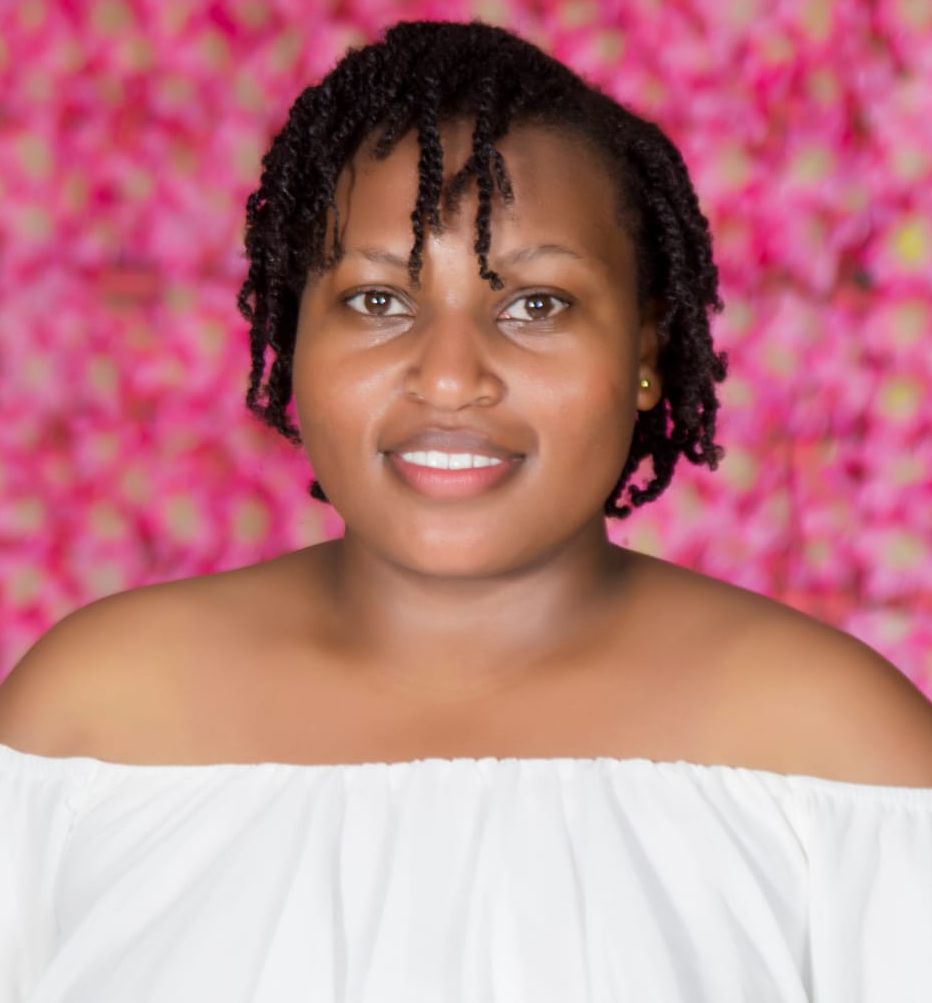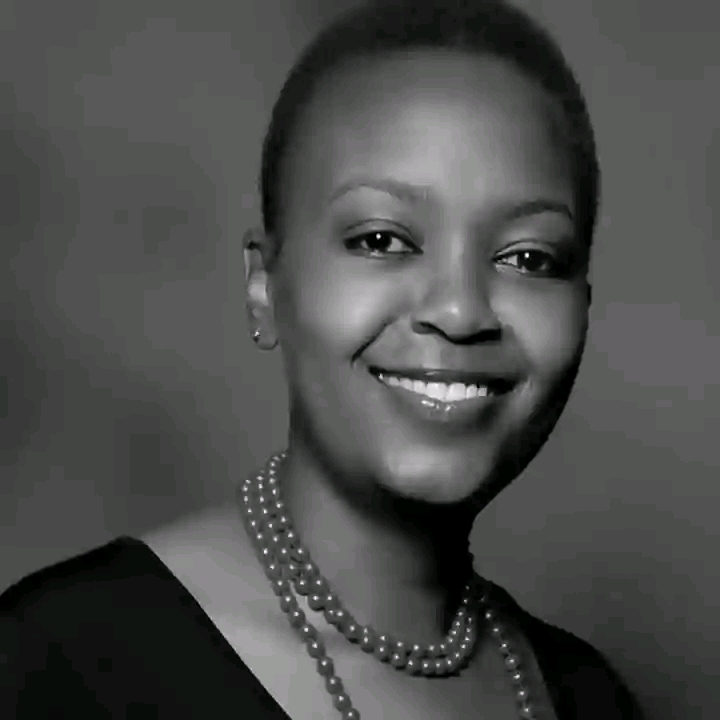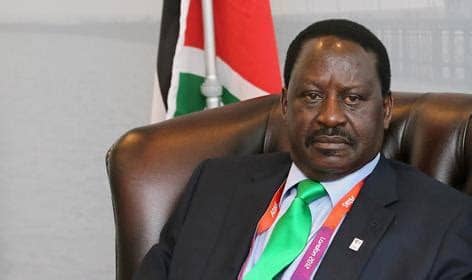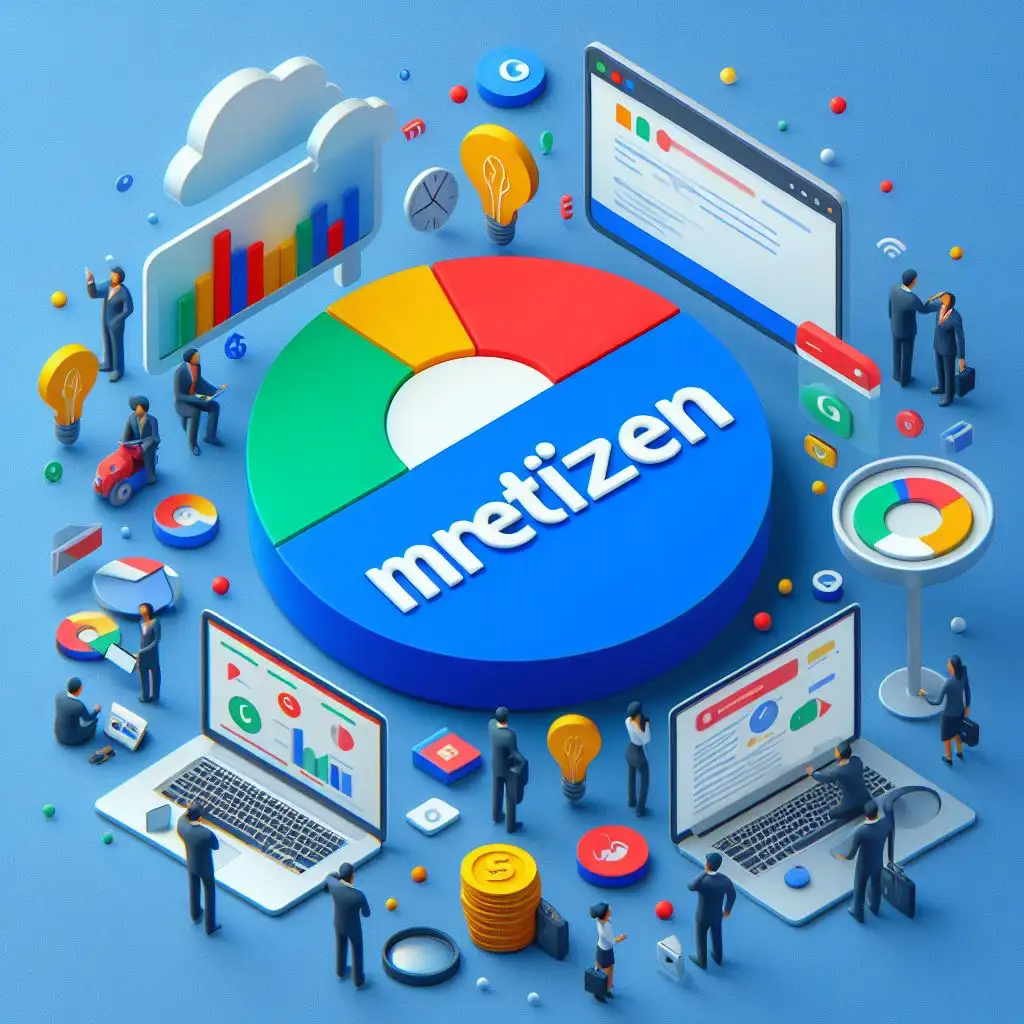Explore the intricate tapestry of gender diversity beyond the binary in our compelling article. Delve into gender modality, intersectionality, and the creation of inclusive spaces. Uncover the rich, fluid spectrum of gender identities and the importance of embracing diverse experiences for a more compassionate, understanding world.
Introduction
Thus, man and woman are not the only gender types of people that are significant and should be considered in the society. In this article, the author will describe what gender diversity is, and the feelings of all people who do not accept themselves as strictly ‘male’ or ‘female,’ and why it is crucial to include all those people.
The Trans/Cis Binary and Its Flaws
Gender has long been understood in male or female categories: while this has often been described in terms of cis-sex, as a system it imposes a strict cis-gender on people relying on their anatomical sex assignment. This overly generalized perspective does not address the actual variations that the individuals with gender identity struggles go through. Those who do not fully belong to one of the two genders also had many problems, starting from misunderstanding and discrimination and ending with the complete absence of illustrative films. Such experiences make one feel lonely and outcasts thus the need for acknowledging and affirming queer identities other than the binary ones.
Secondly, a binary approach hampers the perception of gender diversity and the possible ways in which one feels about one’s gender. In order to solve this, there is a requirement for more precise language that is suitable for defining the range of people’s experiences. In learning more each language term on gender and accepting the fact that gender is more of a spectrum, it becomes possible, easier to work towards change. This transition also needs the change in language; however, more importantly, it needs culture and social tolerance for any gender identities.
Secondly, a binary approach hampers the perception of gender diversity and the possible ways in which one feels about one’s gender. In order to solve this, there is a requirement for more precise language that is suitable for defining the range of people’s experiences. In learning more each language term on gender and accepting the fact that gender is more of a spectrum, it becomes possible, easier to work towards change. This transition also needs the change in language; however, more importantly, it needs culture and social tolerance for any gender identities.
Expanding Our Vocabulary: Defining Primary ‘Gender Modality’
‘Gender modality’ is a term through which gender identity embraces diversification and non-stereotyped presentations of gender that enhance a person’s way of presenting him or herself without being standardized or put into a certain category. While gender can be presented in dichotomy where they strictly define the roles of both male and female, gender modality is more flexible as compared to this. This notion means that any gender is not a fixed characteristic of an individual but can be transformed from one gender to another in the course of a person’s life or from one gender to the other in different situations. Therefore, by adopting the term that is gender modality we allow people to express label the gender that they want in the way that they want it and do not prescribe for them a certain role in society.
Some of the considered gender modalities other than male or female include agender, genderqueer, and genderfluid. These groups of people are either agender, they do not feel they have a gender, or genderqueer, although they do not consider themself male or female. This involves changes in the expression and/or feelings about gender throughout the lifecycle of a person. These diverse modalities help in pointing out the fact that gender is a complex concept, and this requires people to have language that will respect the various aspects of gender. Acceptance of the said gender modality makes it possible to provide equal opportunity for people’s productive engagement without compromise, while limitations arising from such restrictions forces an individual to live a shadow of a life.
Some of the considered gender modalities other than male or female include agender, genderqueer, and genderfluid. These groups of people are either agender, they do not feel they have a gender, or genderqueer, although they do not consider themself male or female. This involves changes in the expression and/or feelings about gender throughout the lifecycle of a person. These diverse modalities help in pointing out the fact that gender is a complex concept, and this requires people to have language that will respect the various aspects of gender. Acceptance of the said gender modality makes it possible to provide equal opportunity for people’s productive engagement without compromise, while limitations arising from such restrictions forces an individual to live a shadow of a life.
Intersectionality and Gender
Gender therefore cannot be understood in isolation of other duties including the race, the sexual orientation, and disability among others. This idea known as intersectionality sheds more light on gender by illustrating the interconnectedness, of various forms of prejudice and advantage. For instance, a black, Latina, or Asian transwoman will have different experiences than a white transwoman or a non-trans black, Latina, or Asian woman. Intersectionality is a way of making sense of these complexities and for calling for change towards the policies and practices that are less oppressive.
Thus, the intersectional approach in research is vital to obtain a systemic view of gender experiences. If the interaction between gender and other aspects of identity is not considered in research, then the picture of many people’s lives may be distorted or even misrepresented. Thus, when adopting intersectional approaches, one can draw richer and multi-dimensional pictures of how various aspects of individual’s identity interface to construct his/her self. This deeper understanding is crucial because strategies to enable and assist people irrespective of their gender or other similar aspects need to be properly implemented.
Beyond Nature vs. Nurture: Implementation of Gender Mainstreaming
The longstanding debate between nature and nurture in determining gender has often framed the discussion as an either/or scenario: does gender stem from our bodies, or is it a product of what society makes of our bodies? However research has in the contemporary world dismissed it as an either -or issue as a matter of fact it is not. Gender therefore, refers to the interaction between the biological and social factors which define the male and female species regardless of their age. These are somatic factors including genetic influences and hormones which are accompanied by cultural, social and the environmental factors in the determination of gender identity. This complex view embraces that the gender experiences cannot be wholly attributed to either nature or nurture.
Combination of gender issues from different cultures and time periods gives more proof that it is not a universal concept. Societies have identified and celebrated more than two genders for many years, and there is documented evidence of this. For instance, Two-Spirit persons are currently recognized in many Indigenous cultures in North America, and are people of both sexes, but with both male and female attributes. In these cultural differences it can be seen that gender is not fixed and can be interpreted and performed in many ways. Exposing the dichotomy of the nature-nurture debate lets us understand the true nature of gender and embrace the endless possibilities of gender as people should be embraced regardless of their sexual orientation.
Creating Inclusive Spaces
The aim that must be followed regarding disrupting harmony and achieving equality is a complex process and includes education of the population, non-stereotyped depictions in the media, and organizational changes. Gender is clearly socially constructed through early education where child/ren is /are taught to view the two as different. Therefore, through introducing non-sexist and sensitive gender education in schools, people will be able to change their attitude and accept others.
Media portrayal plays a crucial role as well, big and accurate representation of non-binary, genderqueer, and transfixed persons can help in the society among other effects. Anti discrimination legislation and the equal treatment of all gender identities in independence is being very vital, given the fact it enables every individual to work without the feeling of being demeaned based on his or her gender identity.
Another positive aspect of working on the inclusion of marginalized people is the celebration of non-binary, genderqueer, and transgender people.
This can be done through advocacy, where there is the inclusion of options that are non-binary on official forms, promotion of Pride events, as well as acknowledging the accomplishments of individuals who are of diverse gender. Such actions promote equal acceptance of the multiple gender identities and demonstrate to the society that such persons are welcome. It also sends a message about living one’s life to the later generations, therefore acceptance of the gender diverse is very essential.
Some of the measurable actions that can be taken to ensure that gender- diversity is well accepted in the society are; provision of gender –neutral washrooms, use of appropriate gender –nonconformist language and provision of Gender- Diverse Persons’ affairs. Employers of organizations and institutions can also provide education and training that will help change the perception of their members to gender diverse. In this manner, it is possible to construct environments that will include all genders as required and welcome them.
Measures to promote change involve the formulation of legal arrangements for gender-divergent persons, for example, the non-acceptance of discrimination and limitations on health care for these people. Coping strategies that organizations and other institutions could adopt include taking the staff and clients through orientations that explains gender diversity and how they can improve support for such individuals. Furthermore, counseling services, as well as safe zones for the gender-diverse people, need to be made available to assist them when facing various struggles and to give them proper recognition. Thus, if these actions are adopted, we are likely to form a society that is accepting of Gender diverse people.
Media portrayal plays a crucial role as well, big and accurate representation of non-binary, genderqueer, and transfixed persons can help in the society among other effects. Anti discrimination legislation and the equal treatment of all gender identities in independence is being very vital, given the fact it enables every individual to work without the feeling of being demeaned based on his or her gender identity.
Another positive aspect of working on the inclusion of marginalized people is the celebration of non-binary, genderqueer, and transgender people.
This can be done through advocacy, where there is the inclusion of options that are non-binary on official forms, promotion of Pride events, as well as acknowledging the accomplishments of individuals who are of diverse gender. Such actions promote equal acceptance of the multiple gender identities and demonstrate to the society that such persons are welcome. It also sends a message about living one’s life to the later generations, therefore acceptance of the gender diverse is very essential.
Some of the measurable actions that can be taken to ensure that gender- diversity is well accepted in the society are; provision of gender –neutral washrooms, use of appropriate gender –nonconformist language and provision of Gender- Diverse Persons’ affairs. Employers of organizations and institutions can also provide education and training that will help change the perception of their members to gender diverse. In this manner, it is possible to construct environments that will include all genders as required and welcome them.
Measures to promote change involve the formulation of legal arrangements for gender-divergent persons, for example, the non-acceptance of discrimination and limitations on health care for these people. Coping strategies that organizations and other institutions could adopt include taking the staff and clients through orientations that explains gender diversity and how they can improve support for such individuals. Furthermore, counseling services, as well as safe zones for the gender-diverse people, need to be made available to assist them when facing various struggles and to give them proper recognition. Thus, if these actions are adopted, we are likely to form a society that is accepting of Gender diverse people.
Conclusion
Being thus far removed from compartmentalization into strict male and female on one hand, and not fitting into the rigidity of the concepts on the other they, by their very nature, endorse a rich variety of gender experiences. In possibility of diverse gender modalities, we expand on our science proved knowledge and contribute to making a world that is more tolerable for everyone. Understanding the problems with thebinary opposition of trans/cis and introducing new concepts, such as gender modality, helps to grasp the nature of gender. Intersectionality builds upon the concept of gender represented above by examining how the concept simultaneously exists.
Exploring the aspects of gender and shifting focus away from the nature versus nurture controversy allows for understanding the variety of gender experiences across different cultures and through the course of history. Education concerning the LGBT community, representation of the community in movies and other media sources, and policies establishing equal rights for homosexuals is vital towards acceptance of these people by the society. Being inclusive to non-binary, genderqueer, and trans people is valuable for society and guarantees their happiness, as well as the happiness of everyone around.
The discovery of gender is a constant study of the diverse and elegant aspects that defines each and every one of us. It is through this continuous process of learning and language extension and coming up with relevant spaces for such a population, one gets to foster a society that is considered relevant to the needs of such population. This journey involves being able to look past the circumstances and embracing the true diversity characteristic of the human espect.
Exploring the aspects of gender and shifting focus away from the nature versus nurture controversy allows for understanding the variety of gender experiences across different cultures and through the course of history. Education concerning the LGBT community, representation of the community in movies and other media sources, and policies establishing equal rights for homosexuals is vital towards acceptance of these people by the society. Being inclusive to non-binary, genderqueer, and trans people is valuable for society and guarantees their happiness, as well as the happiness of everyone around.
The discovery of gender is a constant study of the diverse and elegant aspects that defines each and every one of us. It is through this continuous process of learning and language extension and coming up with relevant spaces for such a population, one gets to foster a society that is considered relevant to the needs of such population. This journey involves being able to look past the circumstances and embracing the true diversity characteristic of the human espect.


























